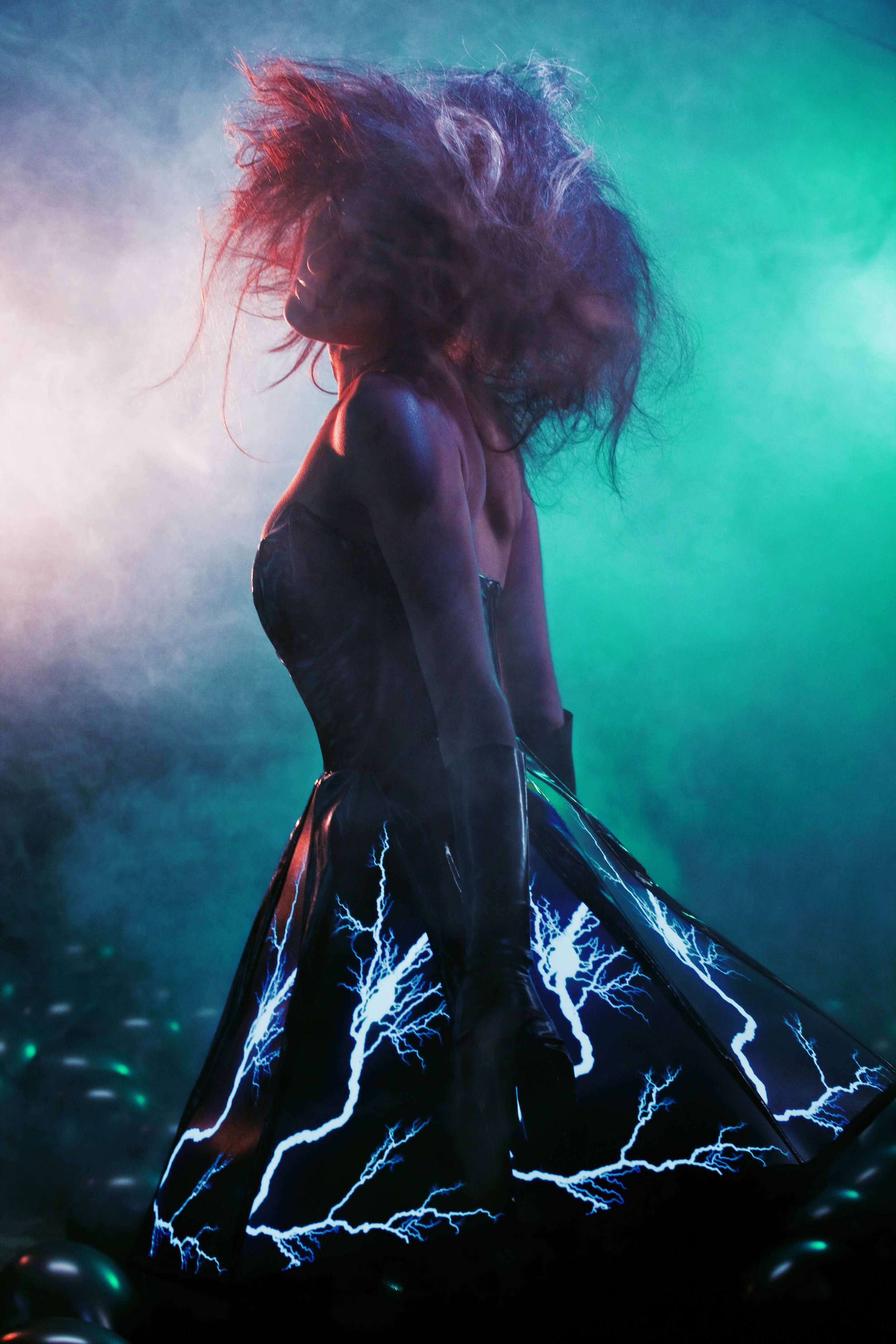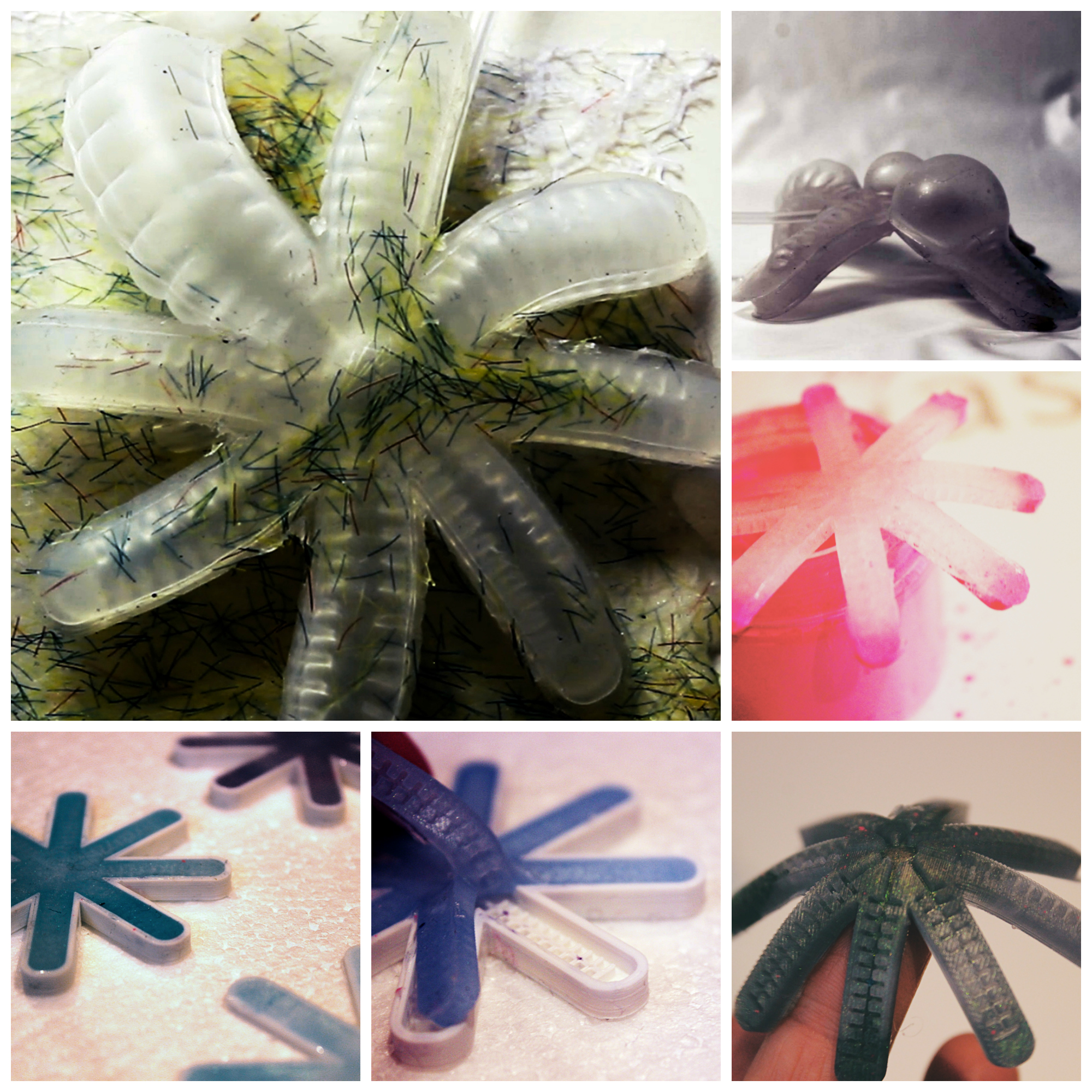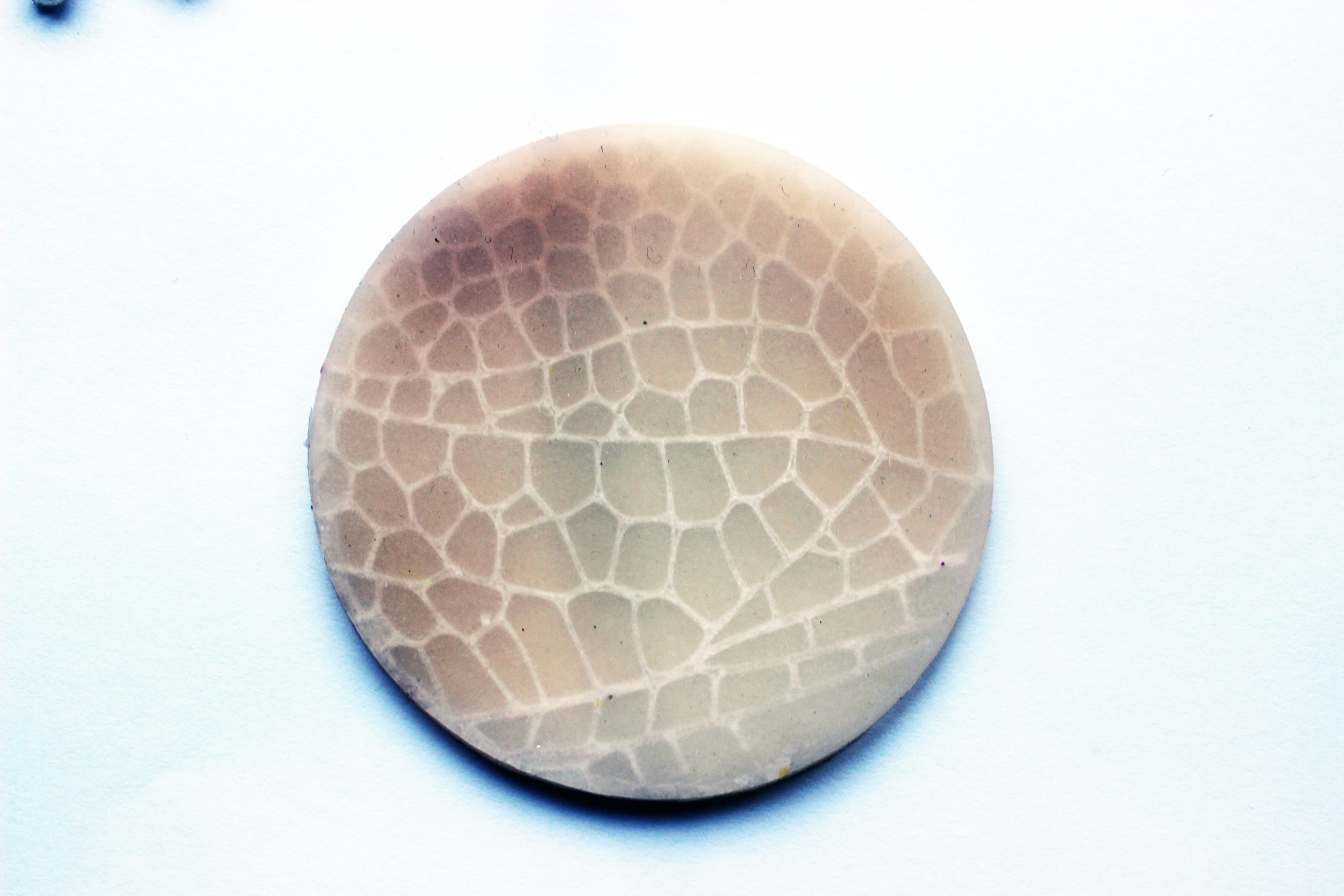WoW Woman in WearableTech | Amy Winters, Interactive Material Designer and founder of Rainbow Winters
Interview by Marija Butkovic @MarijaButkovic
Dr Amy Winters is the founder of material-technology studio Rainbow Winters. She holds a PhD in Interactive Textiles (Royal College of Art, 2017) and a BA (Hons) Performance Design (Central Saint Martins, 2006). Rainbow Winters develops soft materials that interact with external influences such as light sound, speed and moisture. During her Doctoral studies at the RCA, Winters identified and cultivated a design-led approach towards the invention of materials for soft robotics. `Why Does Soft Matter?' articulates this specific approach through critical making; a visceral and hands-on engagement with soft materials and technology. Amy Winters is featured in WIRED, WWB, Vertu Magazine, Trend Hunter, Vice Style, Stylist, The Guardian and Marie Claire. Shows, exhibitions, and presentations include International CES; CREATE, Brown Thomas, Dublin; Made in Future, Milan; Clever Dressing, Dana Centre, London; Science Gallery, Dublin; Hacking Arts, MIT, Boston; The House of Lords. Awards she won include Next Tex Innovator (2018), Burberry 175 Scholarship RCA (2013-2016) and Technology Strategy Board Funding (2009).
Amy, how did you end up working in the smart textiles and wearable tech industry?
I founded the wearable tech studio Rainbow Winters after training in Theatre Design at Central Saint Martins in 2006 and completed my Doctorate in Soft Robotics at the Royal College of Art in 2017.
My background in Theatre and Art-Direction served as the initial catalyst for my work - with a drive to create new experiences for the audience. Major inspirations included filmmakers and animators such as Terry Gilliam and Jan Švankmajer. From there, I sprung over to textiles to translate concepts from film, animation and dance into magical programmable materials which can respond to external influences such as light, sound, speed and moisture. I am inspired by the universal rhythms of nature - their currents, ebbs and flows. Water as a programmable material holds a particular fascination; it transforms, transmutes and shimmers. For the Thunderstorm dress, I was interested in translating an intersubjective experience - the visceral atmosphere and feeling of thunder and lightning.
Which has been your most challenging project and why? How about most rewarding and why?
The most challenging project would be working on a project with an engineering company based abroad, the dual language barrier produced unforeseen challenges! My most rewarding would be the years I spent as a researcher where as I was able to dedicate time to not only developing the technical aspects of my work, but also the philosophical underpinnings.
How are smart textiles related to wearable technology? What is a difference?
There is a big difference, as dealing with smart textiles you are primarily dealing with 'soft materials' and the designer takes on the position of a material inventor rather than the user. However, a good wearable technology designer can elevates smart textiles to a whole new level and ultimately creates the final application.
How do you keep learning about smart and interactive textiles because it is constantly changing with new technologies?
Fundamentally, I am most interested in discovering the poetic, expressive and emotive capabilities of technology. Through my interests in ‘organic’ rather than ‘rigid’ materials, I keep myself focussed on a specific area of smart textiles – programmable materials.
What do you think will be the key trends in the wearable tech and smart textiles in the next five years and where do you see it heading?
Wearable Tech and Smart Textiles will be the forerunners in developing a whole range of novel interfaces. Combining unique analogue material properties with digital capabilities. Soft Robotics for example, are distinctive as machines which look and feel exactly like conventional textiles and their unique tactility combines multiple material properties such as flexible circuits, batteries and interactive surfaces.
What is the most important piece of advice you can give to entrepreneurs in the wearable tech/smart textiles industry?
Often designers are fixed on trying to make their product 'functional' because they think customers demand products which solve a problem, display a new functionality or showcase a smart engineering principle.
However, rather than taking a functional or user-based design role maybe the role of the designer is something different altogether? Designers have the unique ability to translate complex and highly technical developments into visual and universally understood concepts. For that reason, could more explorative, experimental and far-fetched prototypes focus on creating new experiences rather than functionalities?
Who are your 3 inspirational businesses or individuals in wearable tech and smart textiles industries?
Muchaneta & Mano from FashNerd for their passionate work in the field, Sara Robertson for her amazing research on combining traditional textiles craft with smart materials and Tricia Flanagan for her very cool work combining interactive wearables and HCI.
Website: www.rainbowwinters.com
Facebook: Rainbow Winters
Twitter: @RainbowWinters
LinkedIn: Amy Winters
This interview was conducted by Marija Butkovic, Digital Marketing and PR strategist, founder and CEO of Women of Wearables and co-founder of Kisha Smart Umbrella. She regularly writes and speaks on topics of wearable tech, fashion tech, IoT, entrepreneurship and diversity. Visit marijabutkovic.co.uk or follow Marija on Twitter @MarijaButkovic @Women_Wearables @GetKisha.







